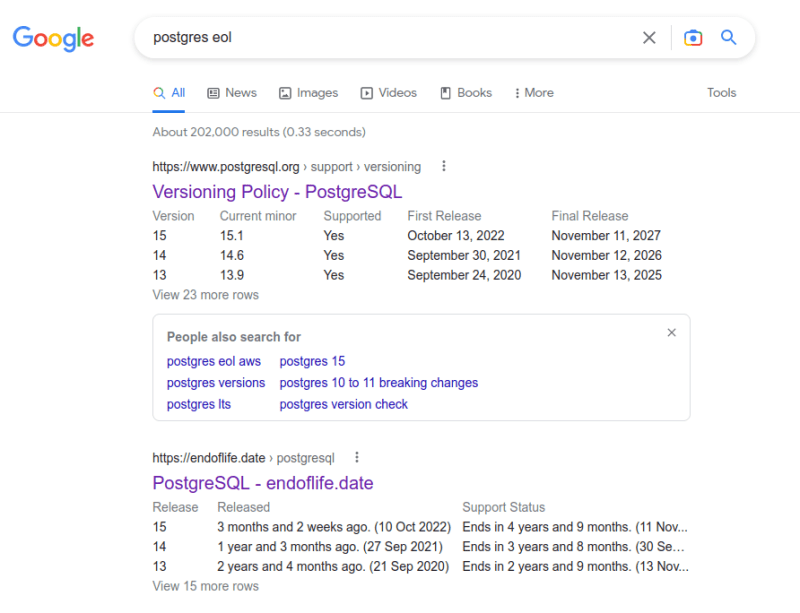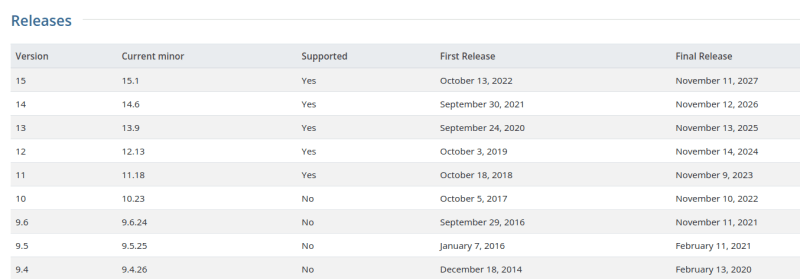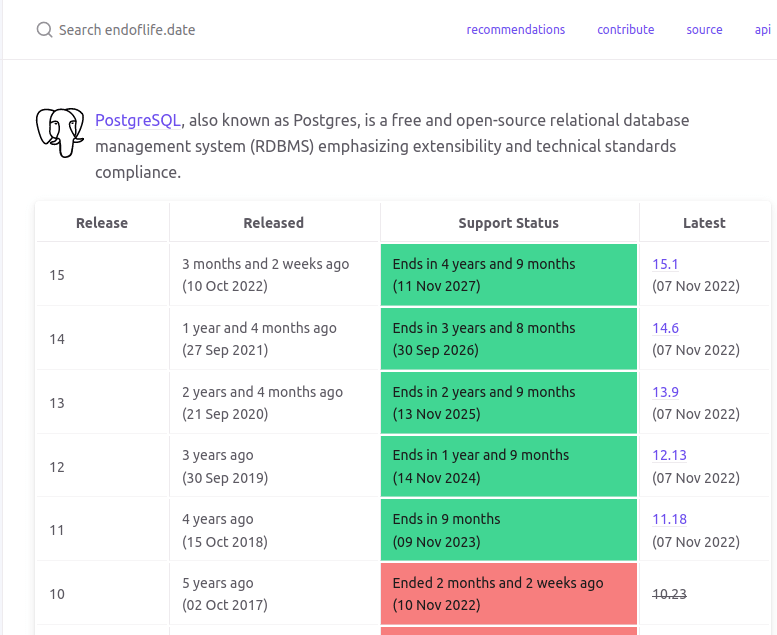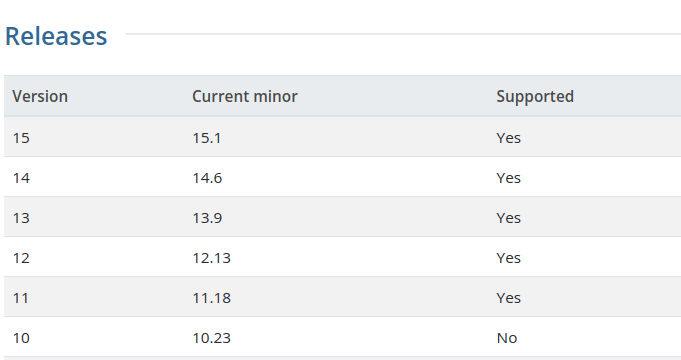➰ About
endoflife.date-nested is a collection of resources to load Product EoL in itself,
thanks to endoflife.date.
You can have a global overview by having a loog at the dedicated endoflife.date Series' Articles
🤓 Why ?
- For fun
- To learn new databases (and varous ways of storing data)
- To learn efficient patterns around API data loading
- To manage technical debt in various fun (and hopefuly useful) ways
🛤️ Roadmap
- Neo4j
- PostgreSQL
- Sqlite
- DuckDb
- MongoDB
- OpenSearch
- Kafka
- Consul
- Gomplate
📑 More about endoflife.date
-
🐦 @endoflife_date -
🔗 Tracking support information for every product at http://endoflife.date -
📝 Dedicatedendoflife.dateSeries' Articles onDEV.to





























